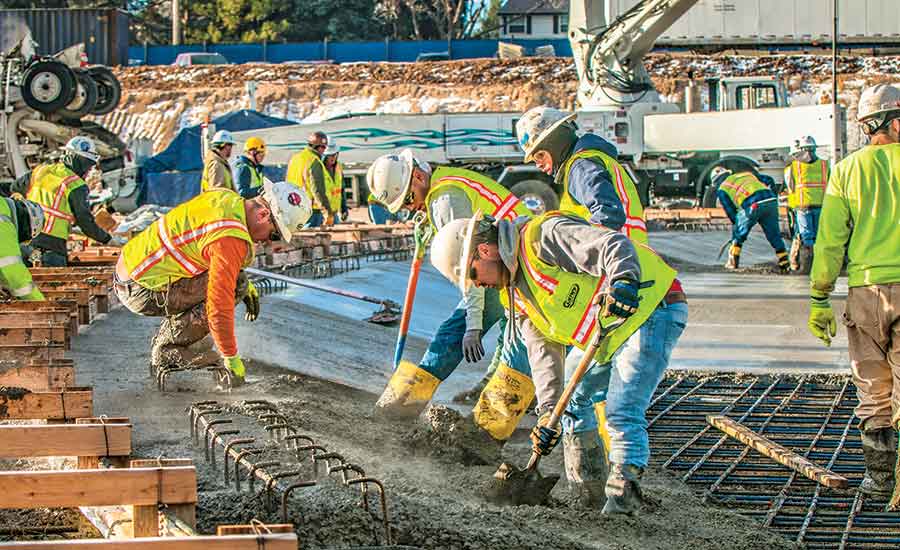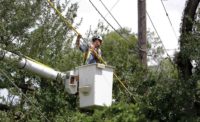Water and wastewater construction revenue in the U.S. appeared to shrink last year, as measured by reports from the ENR Top 400 Contractors. But new needs and supply approaches are creating opportunities for firms.
“We are seeing small projects come out to simply meet regulations, rather than large jobs to meet future expectations and growth,” says Blair Lavoie, president of MWH Constructors. Others see water-supply challenges continuing to play a major role in the type of projects that are needed. “The ongoing droughts in the western U.S. have raised awareness that our water … is a limited resource,” says Roy Epps, vice president of The Walsh Group. “This awareness is stimulating water conservation efforts and interest in water reuse. We now have more economical solutions to purify reclaimed water to levels far above what has traditionally been considered safe to drink.”
Walsh is nearing completion of a major project involving water reuse at the Terminal Island WRP Advanced Water Purification Facility, in Los Angeles. The expansion will increase total wastewater-treatment capacity to produce 12 mgd of high-quality water for groundwater replenishment and reuse. “The innovative facility will take wastewater that would have been discharged into the nearby harbor and clean it using advanced water-purification technology, including microfiltration, reverse osmosis, and an advanced oxidation process that disinfects contaminants without creating more pollution,” according to Epps.
ENR 2017 Top 400 Contractors
ENR 2017 Top 400 Contractors Full PDF
Other firms are pursuing that market, as well. “Water reuse will continue to be a growing part of our business over the next 10 to 20 years,” says Richard Hewitt, operations manager at PCL Construction Enterprises. “This includes reclaimed water distribution for irrigation and industrial use, aquifer storage and recovery, potable reuse, and aquifer injection, to slow saltwater intrusion.”
Off-site fabrication in the sector is gaining traction to remedy ongoing labor shortages. “We are starting to see more off-site fabrication in the U.S.,” Lavoie says. “The infrastructure industry is learning from vertical builders that [it] brings huge efficiencies to the jobsite. We are seeing this trend firsthand through our manufacturing arm in the U.K.”
Technical advancements also are having an impact. “Membranes continue to improve and become more efficient,” Epps says. Further, PCL’s Hewitt says there is more widespread use of wireless controls and instrumentation and more-reliable sensors, such as dissolved oxygen probes, at treatment plants. The technologies improve reliability, optimize the treatment process and maximize energy use.
MWH Constructors and Webcor Builders recently were awarded a $939-million contract to serve as construction manager and general contractor for the Southeast Water Pollution Control Plant biosolids digester facilities project in San Francisco. The joint venture will use the Cambi thermal hydrolysis process to enable the plant to produce higher-quality biosolids, more effectively capture and treat odors, and increase biogas use and energy recovery to produce heat, steam and energy.






Post a comment to this article
Report Abusive Comment